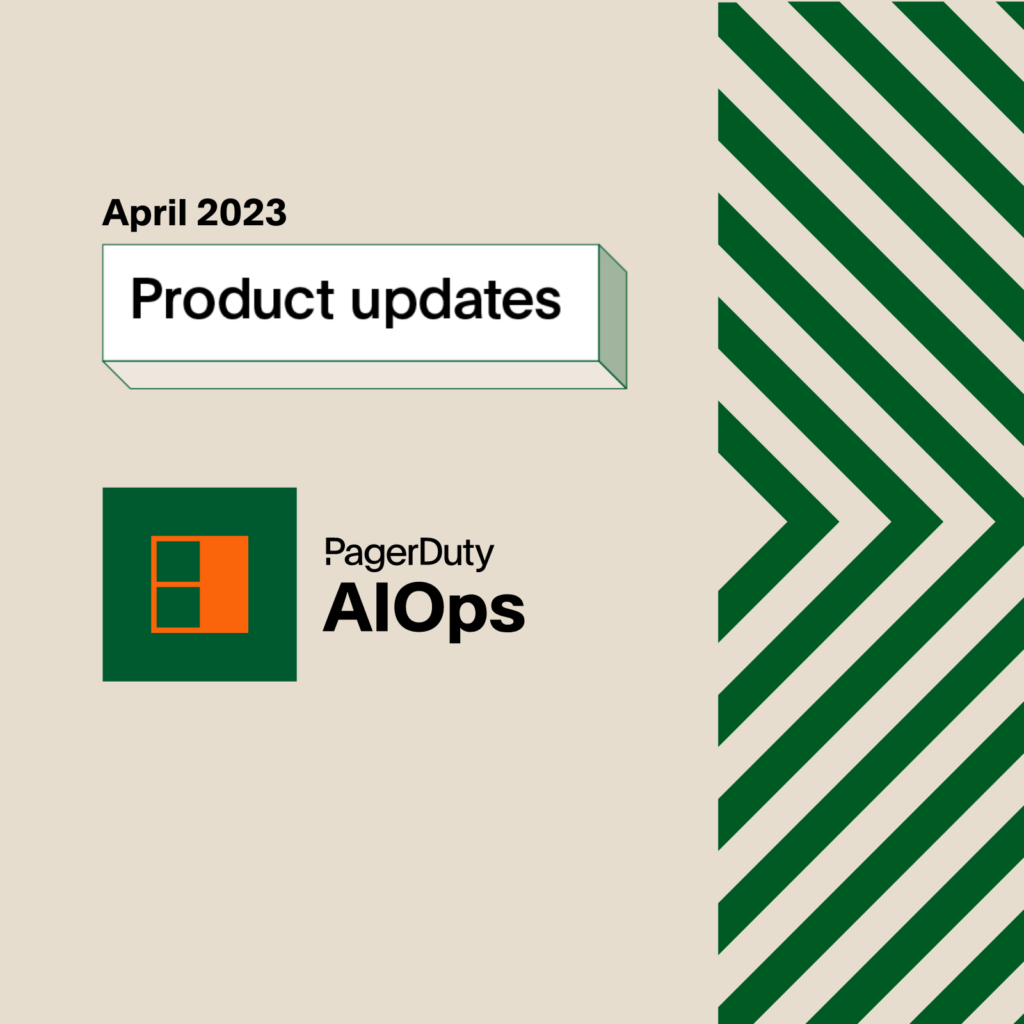More People Are Solving Problems Faster with PagerDuty Push Notifications
Last week, we announced our new Mobile Incident Management app. Many of you may be aware that prior to this release we also offered push notifications and incident management on mobile devices with an app that wasn’t very polished.
The app began as a mobile website, which was created during one of our monthly hack days. Later, we put a native wrapper around the mobile site to add push notifications and make it available for iOS and Android devices as an app.
The traction of the mobile app took us by surprise. In September alone, 34% of of the millions of PagerDuty alerts sent were iOS and Android push notification. We saw an opportunity to provide a better experience with a reimagined PagerDuty mobile app through our data and your feedback.
Push Notifications are Exploding in Popularity
The chart below shows the percent change of notifications types over time, including, SMS, voice, iOS push notifications and Android push notifications. Note, this data was compiled prior to the release of our new Mobile App.
Percentage of Alerts by Type

By September 2013, only 8 months after the original application was released, 47.25% of nearly one million (non-email) monthly alerts were already push notifications.
When digging deeper into device type, both iOS and Android users have grown over time, as seen in the chart below. Please note, the last column only features partial data from October 2013.
Percentage of iOS Push Notification vs Android Push Notifications

Not surprisingly, iOS adoption grew 24% faster during its first 6 months than Android’s first 6 months. However, in recent months Android users are shrinking the gap. In September 2013, 39% of push notifications were from Android devices, compare to 35% in July 2013, even with an overall growth of 27% for push notification alerts.
Push Notifications Can Cut Your Mean Time to Repair in Half
Prior to the release of our new mobile app we calculated the Mean Time to Repair (MTTR) for incidents which were triggered by iOS push notifications, Android push notifications and non-push alerts, such as email, phone or SMS.
On average, people who did not use push notification to receive alerts resolved incidents in 291 minutes. Android users clocked in 122% faster, with an MTTR of 131 minutes, while iOS users clocked in 76% faster with a MTTR of 165 minutes.
Mean Time to Repair (MTTR) by Notification Type

Push notifications allows for the quickest way to jump into PagerDuty once you receive an alert. By opening the mobile app your team will have a snapshot of all incidents being addressed or that were fixed. We’ll never send a needless push notification to those who aren’t on-call.
With a single tap your on-call team member can enter the app via the push notification, review the incident and quickly swipe to acknowledge, resolve or reassign the incident to another team member.
Do using push notifications help you respond to and repair incidents faster? Let us know in the comments.


